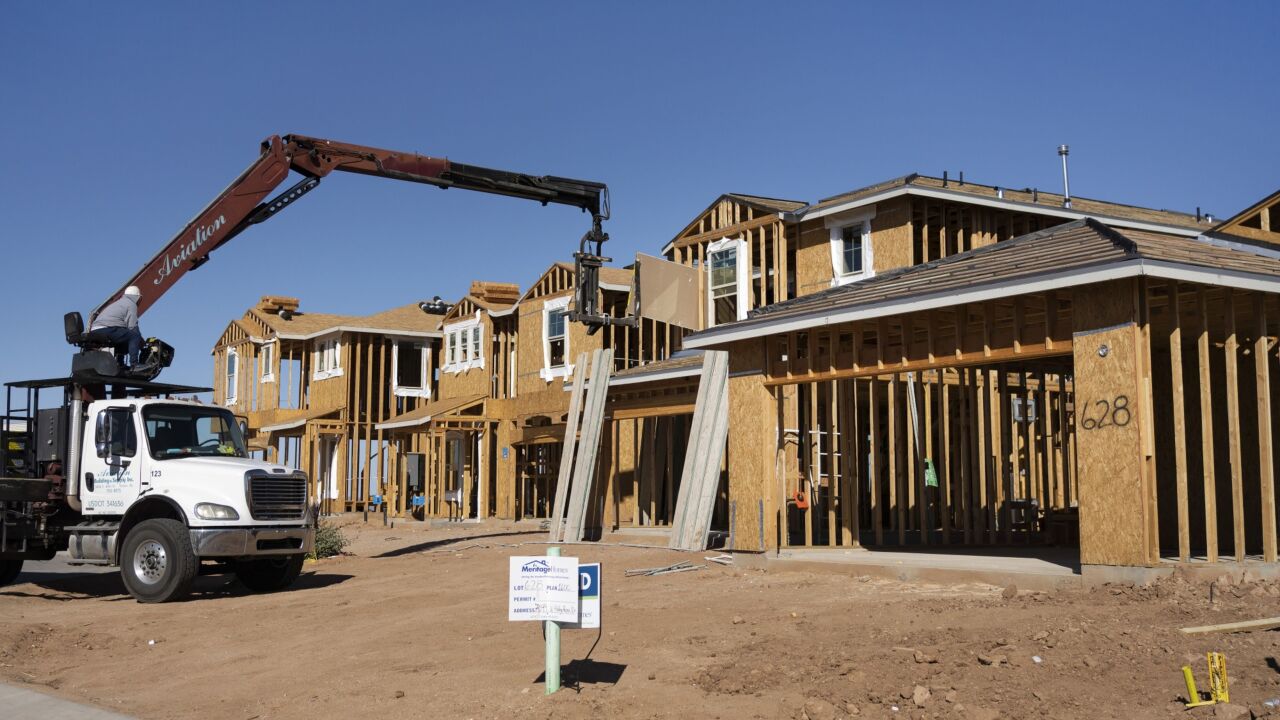Locust Street resident Emily Allan admits she's become accustomed to the sight of the empty home across the street from her house.
When relatives visit from out of state, however, Allan said they can't help but wonder what happened to the place.
"They'll notice it more and ask questions about it more than just being so used to it," she said.
Allan lives across the street from 131 Locust St., a property that city officials say has achieved "zombie" status.
As is the case with most communities across Western New York, Lockport has its share of "zombie" properties. They have become caught up in the foreclosure process and their tenants vacated at some point during the proceedings, leaving them without caretakers, which often leads to property neglect and decay.
As is also the case in surrounding communities like Niagara Falls, officials in Lockport are beginning to take steps as part of a more aggressive approach to the "zombie" house problem.
So-called zombie homes are generally abandoned because the home owner is going through the foreclosure and they vacate the house because they believe they have to. Owners then leave the house, believing that they are no longer responsible for the upkeep of the property.
Fighting back
Lockport Chief Building Inspector Jason Dool said the city has served citations at 131 Locust St. three separate times dating back to 2009. He said that house was vacated by the most recent tenants in 2013. Three years later, Dool said a bank became the responsible owner.
Zombie houses have become quite an issue across the country, but several new tools have been explored to help deal with this problem. The Zombie Property and Foreclosure Prevention Act was passed in 2016 in an attempt to motivate banks to keep their properties maintained or face significant financial penalties.

Under the state's new rules, when a borrower falls at least 90 days into delinquency, the mortgage company has to start to do periodic inspections of the home to see if it's abandoned. They have to check the home every 25 to 30 days. If after three inspections they determine that nobody is living there, then onus falls on the lender to start to maintain the property.
"So they have to secure it and then they have to ensure that it's in compliance with building codes," said David Haylett, the city's second-deputy corporation counsel.
If a company is charged and found guilty under the new state law, they will have to pay $500 a day until any problems are fixed, he said.
Niagara Falls and Buffalo have begun public "shaming campaigns" to try and get banks to do something about zombie" homes. Dool said there were signs put up in Buffalo that read, "HSBC is not responding. They're not being a good neighbor."
David Wohleben, chairman of Zombie Home Task Force, said Lockport also plans to begin a sign shaming campaign.
A $150,000 grant from the state has allowed Dool's busy department to hire a part-time inspector and clerical position to help tackle the zombie homes in the area. With the help of the grant, Dool said his department has sent out 150 violation letters since February of this year.
An easier approach
The city has decided to prosecute the "zombie homes" using city building codes, rather than a new state law that was passed in 2016.
Haylett said using this option is easier and less time consuming.
Under the city's new approach, the party that has equitable interest in a foreclosed property, which could be the bank or the owner, will receive a letter from the city saying certain things are wrong and they will receive two-to-three-weeks to fix any problems. Although they are sent to city court, the housing court is so backed up that the case might not be heard for about two months, officials said.
The city has not used state law yet to persecute any homes, but there are plans to use it. Haylett said he asked Dool to compile some of the worst cases he has seen and he plans to use aspects of the law to encourage the property owners to be more cooperative.
Dool said zombie properties tend to have similar characteristics — tall grass in the summer, snow-covered sidewalks in the winter, zero water usage. He said each situation is unique and that some zombie homes are in worse condition than others.
From the city's standpoint, litigation is not just an effort to make money off these homes, but rather an effort to clean up the properties in an effort to maintain a higher quality of life in city neighborhoods. He said that they have sent about 130 zombie house property owners to city court.
"At the end of the day, it's not about the fine money, it's about fixing the properties," Dool said. "Some have been empty for so long, the roof's blown off. It brings the value down of everybody surrounding it."
Dool believes the situation is getting better and he said that about a quarter of the owners of the city's 130 or so "zombie" houses have submitted information to the courts indicating that they have complied with the city's request to make necessary repairs.
"All in all, it's getting a lot better," he said.





